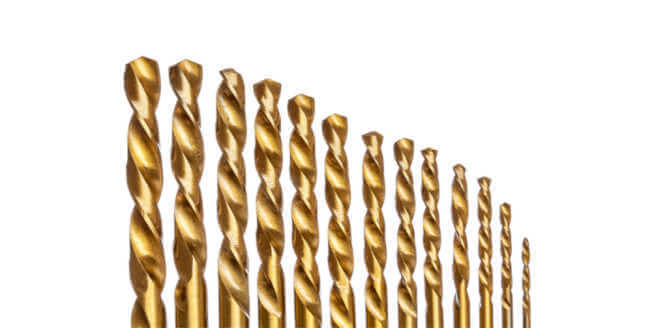The exciting properties of diamond layers
Diamond has many outstanding physical and chemical properties and has fascinated humans for thousands of years. It is the hardest material known in nature, has the highest room-temperature thermal conductivity and is virtually chemically inert.
Despite these amazing material properties, it was only used as a gemstone or cutting tool for centuries. More recently, however, the application of thin diamond coatings directly onto workpieces has opened the door to exciting and new technical applications.

Chemical vapor deposition changed the game
The application of diamond layers on non-diamond substrates has been possible since the early 1980s thanks to advances in chemical vapor deposition (CVD). CVD processes produce uniform coatings with high hardness and good adhesion, but require very high temperatures. Thus, only temperature resistant substrates can be coated with a true, crystalline diamond coating. Fortunately, an amorphous diamond-like carbon (DLC) coating can be used instead, which does not require high temperatures and can be applied to almost any material.





